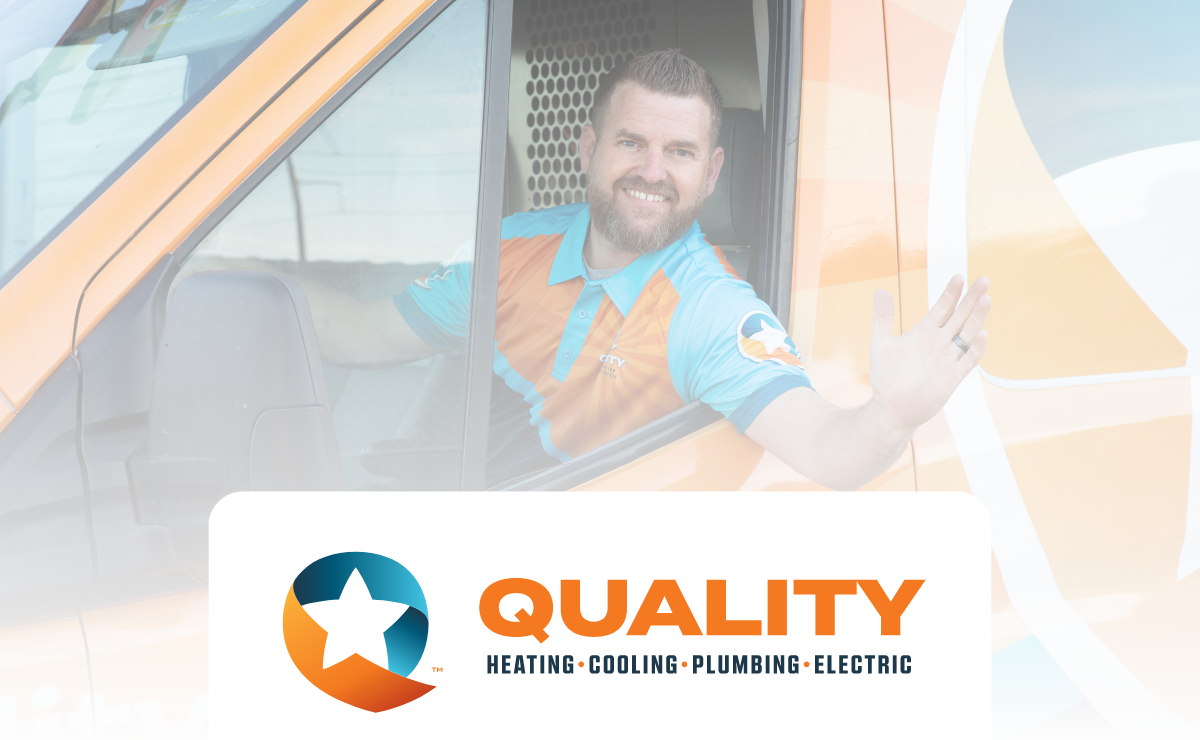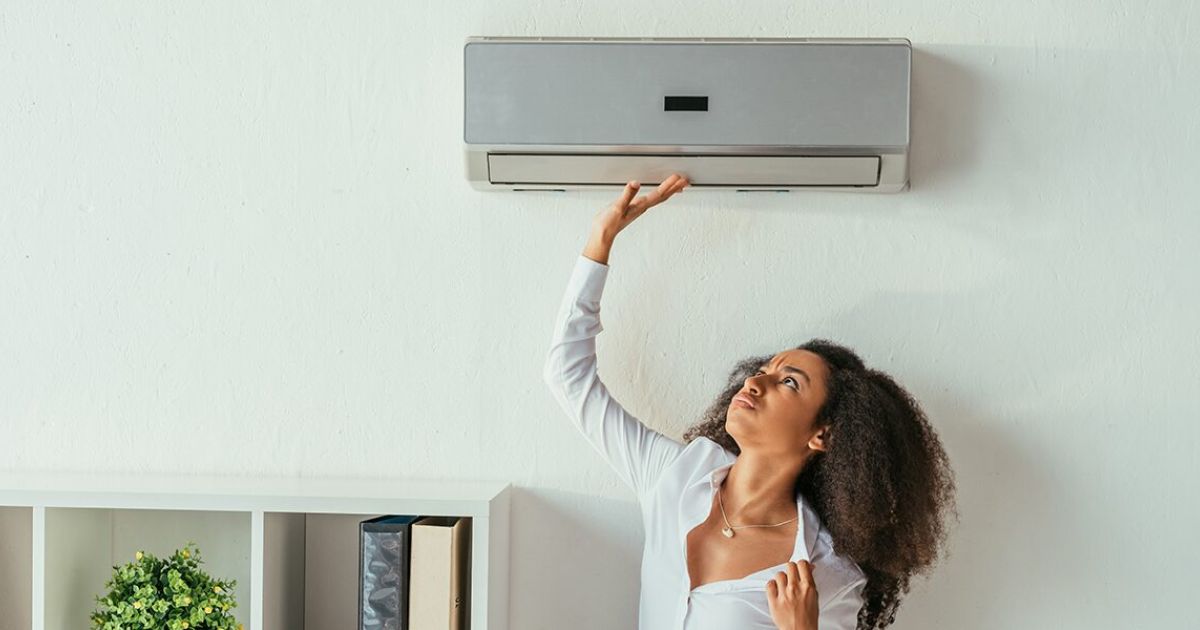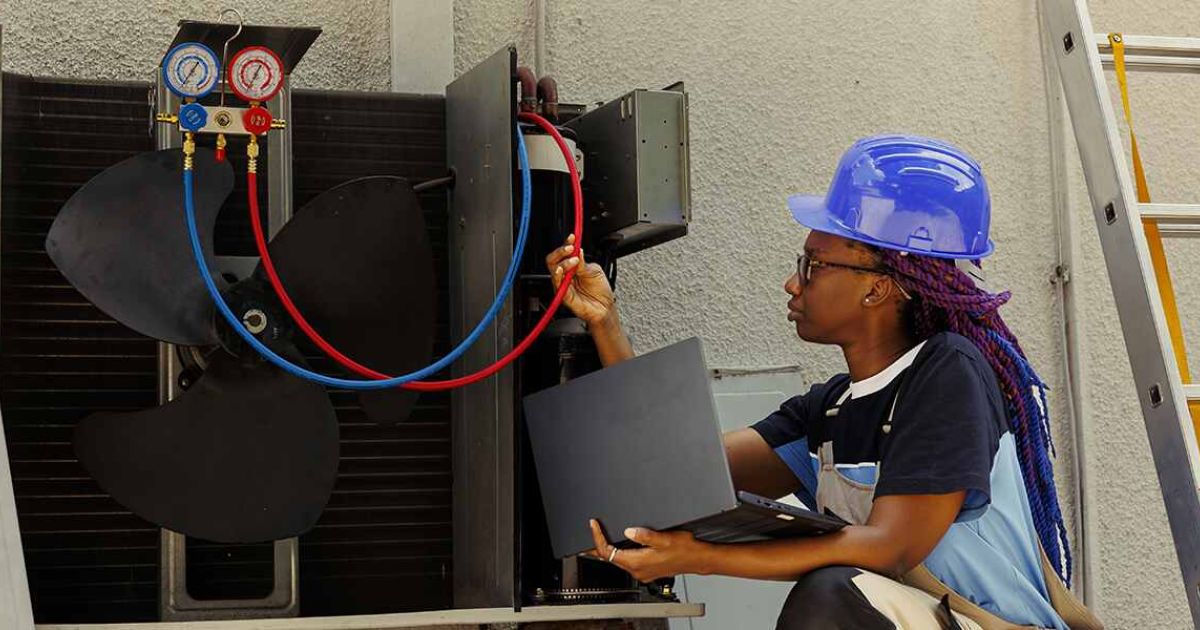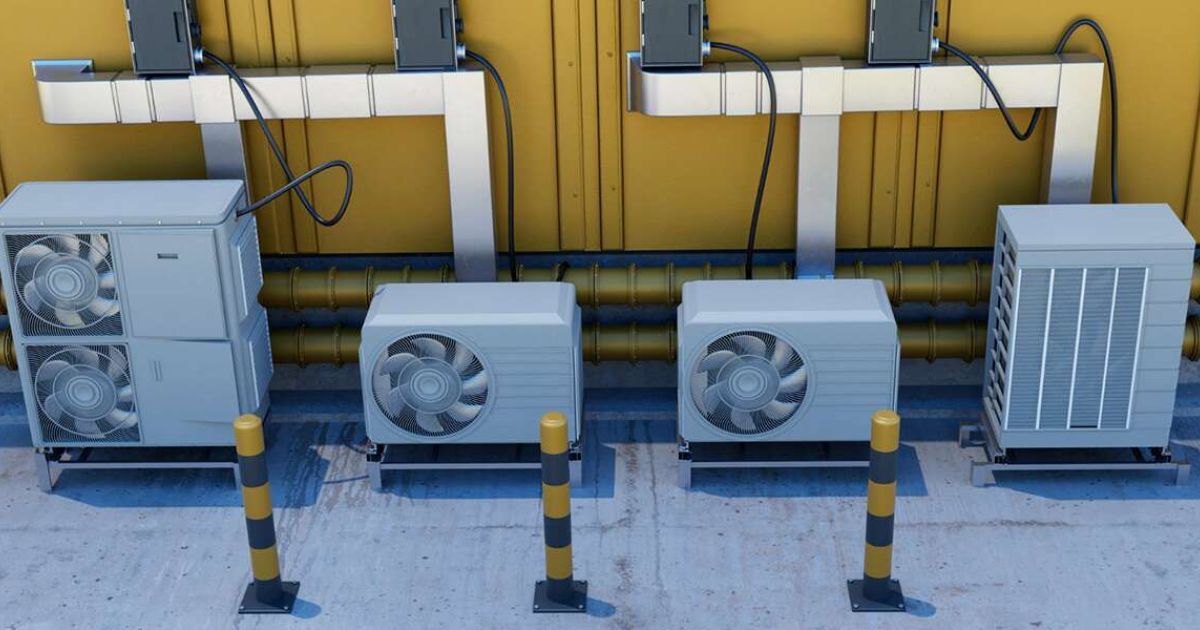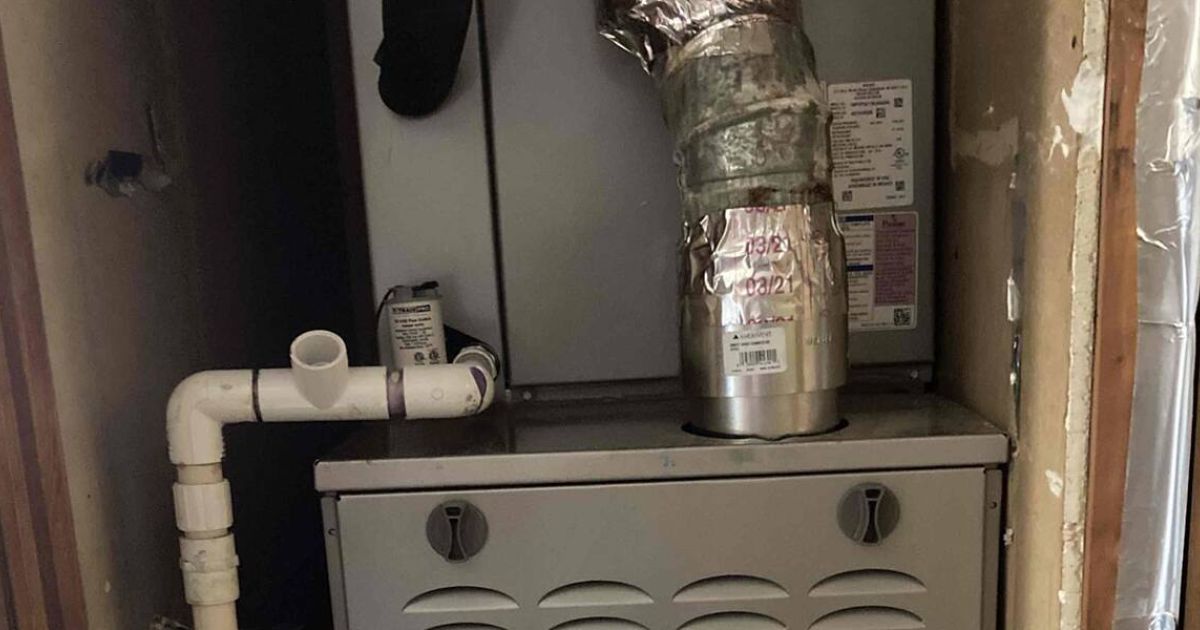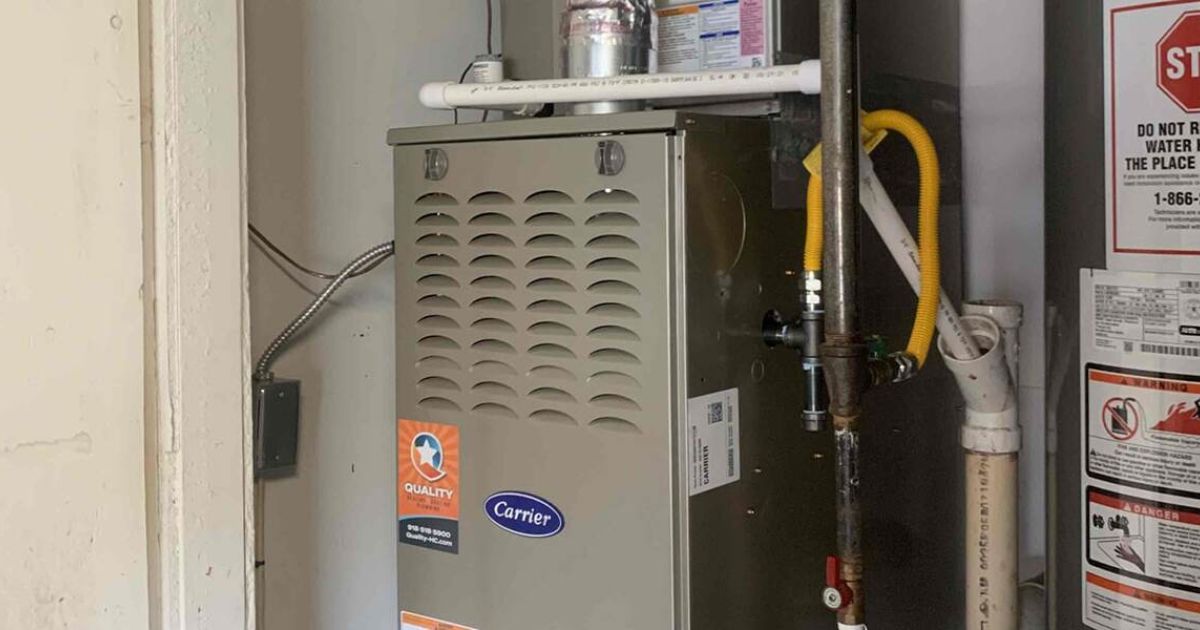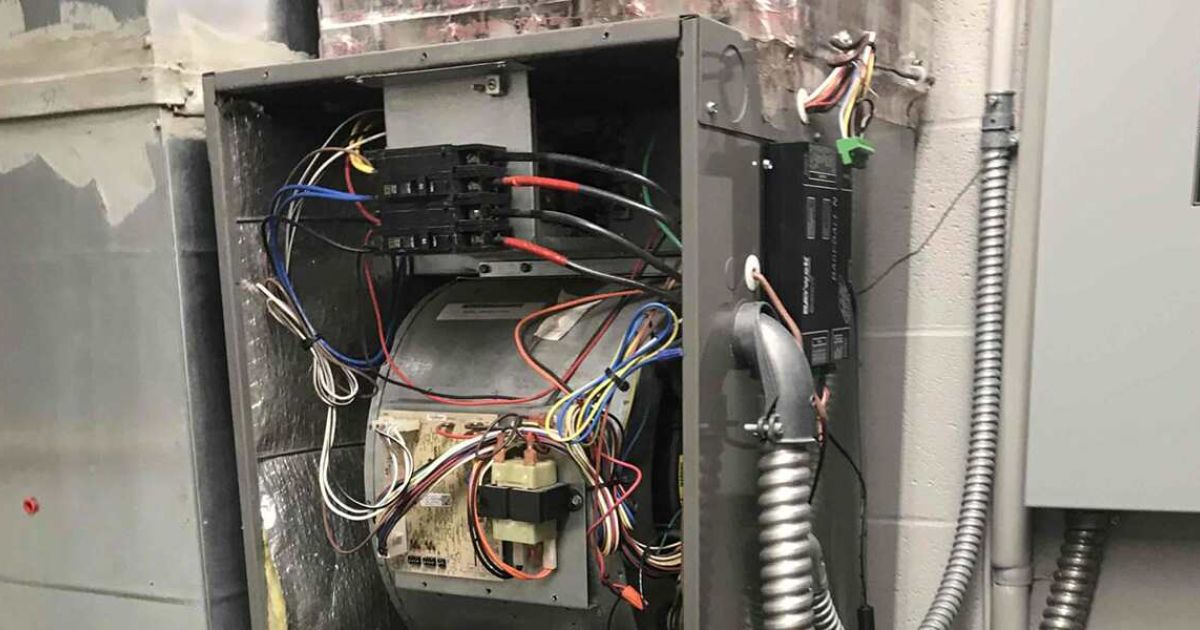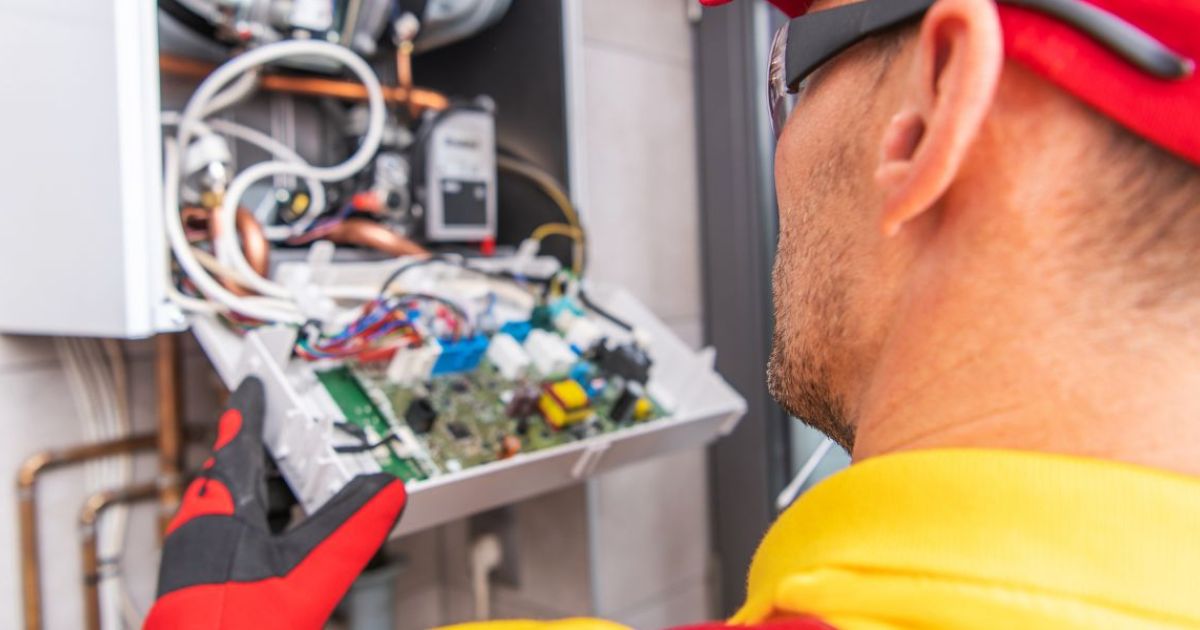
Need to restore your home’s heat? Contact our team at 918-212-0122 for expert furnace service!
No one wants their furnace to malfunction during winter. If you fear that you have a failing furnace, you may need to replace the control board. This project may fall under your DIY skills, but if you want professional help, contact the experts on heating and cooling in Tulsa.
Below we discuss the answer to “How do I know if my furnace control board is bad?” and guide you on the steps to replace it.
What Is a Furnace Control Board?
Your furnace control board is the brain behind your furnace. Wires attached to the board run to the motor, gas valve, ignitor, and other necessary components. It controls your furnace by telling it when to kick on the gas and at which point the fan can shut off.
Most home furnaces have an integrated furnace control board that controls your blower and the rest of your furnace. If your control board is bad, you’ll have trouble operating your furnace correctly. Control boards can fail for various reasons, but the tell-tale symptoms look the same:
- Warning lights flashing or staying on
- Inability to settle on a stable temperature
- Stuttering or interrupted furnace sequence
The next steps involve discovering the problem and repairing or replacing your furnace control board. You can do this yourself or hire a professional HVAC technician to ensure they complete the job right the first time.
Five Steps for Checking Your Furnace’s Control Board
Before checking your furnace’s control board, find the items on this list:
- Furnace control board manual (if not available, look it up online)
- Screwdriver
- Electrical tape
- Voltage meter
While most households have the first two items, you might wonder why you need a voltage meter. This tool helps you troubleshoot your control board, other parts of your furnace, and many other electrical parts of your home.
After gathering the necessary tools, check your control board with step one.
Step One: Remove Access Panels
Using your screwdriver, take your furnace’s access panels off. You can usually find the control board near the blower at the bottom of the access.
Step Two: Visual and Odor Inspection
Some control boards show apparent signs of damage. For example, you may see burn marks or bad wires, indicating that you’ve lost the entire board.
If you don’t see any damage, use your nose. Strange smells or burning odors easily answer the question, “How do I know if my furnace control board is bad?”
Step Three: Check Diagnostic Lights
Your control board has a diagnostic light that can tell you if issues have occurred. Count the blinks and refer to your manual to deduce the problem. If the indicator light isn’t on, your control board has no power.
Step Four: Test for Power
First, check if your furnace has a door switch to test the power coming into your control board. Tape this switch down to ensure no electrical accidents occur.
Locate the common wire leading from your transformer into your control board. The wire should have a black exterior with a 120VAC Hot label. Use your voltage meter to determine if the line has power.
If your board’s wire receives a reading of 120 volts AC, then the power works fine. Power going into your board should light up the indicator light, but if it remains off, it’s time to replace the board.
Step Five: Test the Terminals
If the power does make it to your control board and the indicator light blinks, you need to test the thermostat terminals. Turn your furnace off and use a wire to connect and test the terminals, turning the furnace on and then back off between each test. The terminals to test and positive responses include:
- R and G: Blower should come on
- R and W: Heating should come on
- R and Y: Cooling should come on
These tests may jump-start your furnace, proving that the control board doesn’t need replacing.
What Should I Do If My Furnace Control Board Is Bad?
If all of your testing doesn’t get your furnace working again, you may need to replace the control board. You can replace your own board, but you’ll need a thorough working knowledge of your furnace to avoid creating more significant problems.
A professional can help you purchase the correct control board for your furnace and install it for you. However, if you insist on installing your own furnace control board, use these steps to guide your way.
Step One: Take a Photo
Photographing your current furnace control board can guide you in wiring your new one the same way. You can also use your control board’s manual if you have it handy.
Step Two: Turn Off the Furnace
Forgetting to turn your furnace off may short out other parts of your house and cause significant injuries from electrocution.
Step Three: Remove the Old Board
Take off the access panels on your furnace so you can fully reach the control board. Disconnect all wires and connectors. Use your screwdriver to remove any screws holding the board in place.
Step Four: Install and Test
Place the new board inside your furnace and refer to your photo or manual to guide you in reconnecting everything. Once finished, place your access panels back onto the furnace and turn your power back on. Use your thermostat to ensure the furnace responds to temperature commands.
Professional Furnace Control Board Testing and Replacement in Tulsa, OK
If you wonder, “How do I know if my furnace control board is bad?” you may have a problem with your furnace’s functionality. Our professional HVAC techs at Quality Heating, Cooling & Plumbing can provide expert furnace control board replacement, saving you time, money, and potential electrical injuries. Call 918-212-0122 today to request a furnace control board inspection from our experts in Tulsa, OK. Are you concerned about the way your HVAC system functions? Learn the common causes of HVAC compressor overload.

Cassie Pound is the Vice President of Quality Heating, Cooling, Plumbing & Electric with locations in Tulsa, Glenpool, and Bartlesville, Oklahoma.

